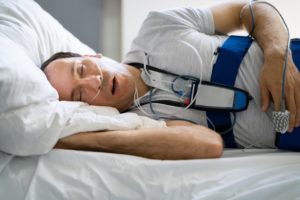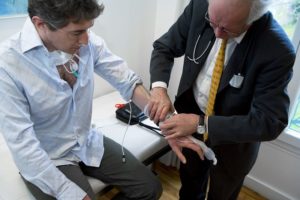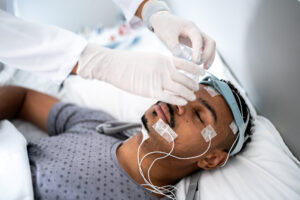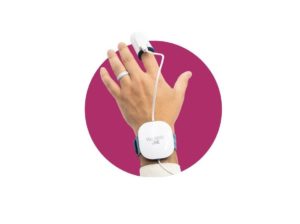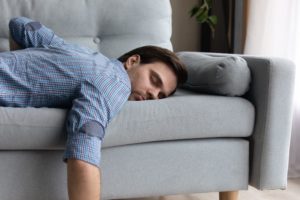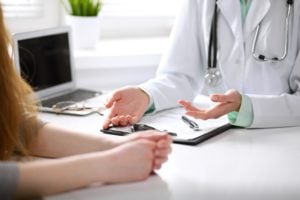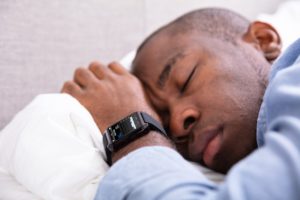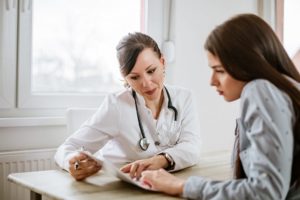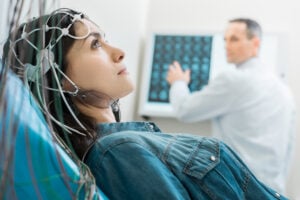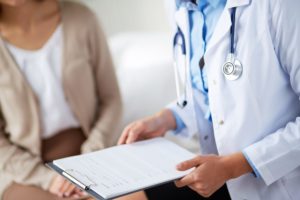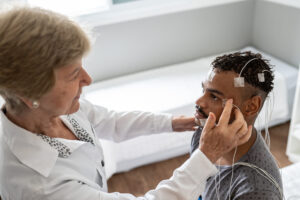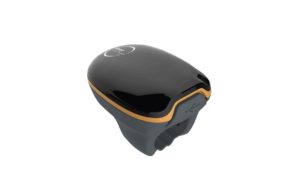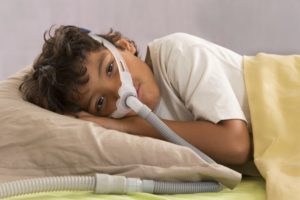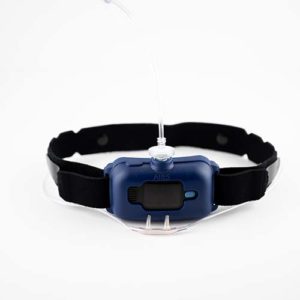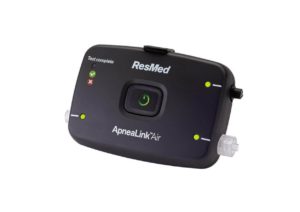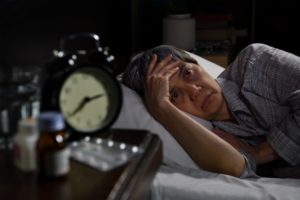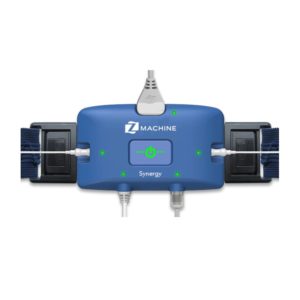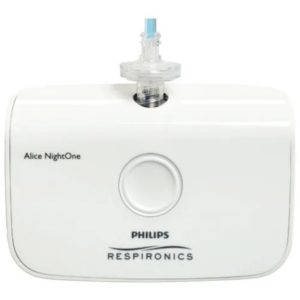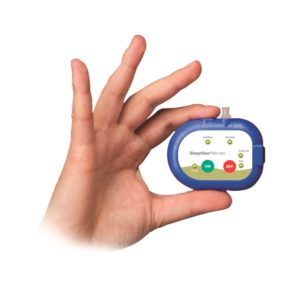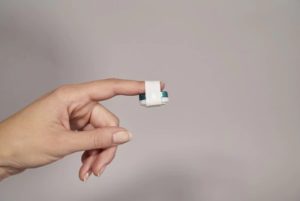How to Prepare for a Sleep Study
A sleep study measures and records various body functions and behaviors related to sleep. Sleep studies are most often used to diagnose and manage the treatment of sleep-related breathing disorders like obstructive sleep apnea. A sleep study may also be conducted if a person has signs of other sleep disorders like REM behavior disorder, narcolepsy, or periodic limb movements disorder.
Sleep studies usually take place in a health care setting like a sleep clinic or sleep lab, though in some cases they can be performed at home. During a sleep study, electrodes are attached with a paste or gel to the head, chest, and legs in order to monitor brain activity, eye movements, breathing, heart rate, and other physical processes. A camera may be used to record sleeping positions and movements throughout the night.
Sleeping as comfortably and as naturally as possible during a sleep study is important for getting the most meaningful results . Learn about tips to help you prepare for a sleep study and get the most out of testing.
Discuss Medications Ahead of Time
It is important to discuss any medications you are currently taking with the health care provider who ordered the sleep study. The doctor can advise whether medication should be continued as usual and discuss how specific medications may affect test results. Do not make any changes to your medication use prior to speaking with a doctor.
In some cases, a new medication may be prescribed prior to a sleep study. People with a history of insomnia or people who are nervous about sleeping in an unfamiliar environment may be given medication to help them sleep more comfortably.
Avoid Caffeine and Alcohol
Caffeine, which is present in coffee, tea, chocolate, and some soft drinks, can contribute to insomnia and disrupted sleep. Avoid consuming caffeine in the afternoon and evening on the day of the sleep study.
Most people are also instructed to avoid alcoholic drinks , such as beer, wine, or liquor during the afternoon and evening of the test. Alcohol can alter normal sleep patterns, which could interfere with an accurate assessment of the nature or severity of a sleep disorder.
In certain cases, when alcohol is a prominent part of a person’s normal routine, it should not be stopped abruptly. People who habitually drink alcohol should talk to their doctor about how to prepare for a sleep study.

Pack an Overnight Bag
If your sleep study is taking place at a sleep lab, pack a bag that contains the things that are part of your usual bedtime routine, like a toothbrush and pajamas. Also remember to pack clothing and other essentials that you will need in the morning. The American Association of Sleep Medicine recommends that people should pack the following items for an overnight sleep study:
- Comfortable sleep clothes
- A book or other reading material
- A change of clothing for the morning
- Oral care items such as a toothbrush, toothpaste, and dental floss
- Makeup remover, if applicable
- Medications that your doctor has instructed you to continue taking during the sleep study.
Your doctor may also recommend that you bring other items. For instance, people who use a CPAP device may be instructed to bring their mask and machine.
Prepare to Be Comfortable
It can be helpful to follow your regular bedtime routine as closely as possible, so you should bring along your usual bedclothes or other items you use to help you sleep.
Some people find it helpful to bring their own pillows to the sleep lab. If the study subject is a child , they may take comfort objects like stuffed animals, blankets, or special toys into the lab as well.
Skip Naps
It is best not to take a nap on the day of a nighttime sleep study. Taking a daytime nap may make it harder to sleep the night of the sleep study.
Some sleep studies take measurements during the day and may involve napping. If you are scheduled for a daytime multiple sleep latency test or maintenance of wakefulness test, pre-test instructions may differ, so follow any instructions provided by your doctor or sleep lab.
Don’t Apply Hair Sprays, Oils, or Gels
Most sleep studies involve the use of small metal discs called electrodes, which are attached to your scalp, eyelids, and other parts of your body. It is best not to use hairspray, hair gel, lotions, or makeup the day of the study. These products have the potential to interfere with the way the electrodes record measurements during sleep.
Frequently Asked Questions About Sleep Studies
All medications and supplements, including melatonin, should be discussed beforehand with the doctor who ordered the sleep study. Do not take melatonin or any other sleep aid unless instructed to do so by your healthcare provider.
People are usually asked to report to the sleep center in the evening, around two hours before bedtime. After arriving at the sleep center, a sleep technologist may ask about your sleep habits and request that you fill out a questionnaire. Then you will be given some time to get comfortable. You will have a private room with your own bathroom.
After you have had some time to settle in, a technician will attach sensors to your scalp, chest, legs, eyelids, and chin. You will also have a pulse oximeter attached to a finger. Additionally, you may be asked to wear a tube beneath your nose and a belt around your chest. These monitoring devices are designed to record body functions while still allowing you to move freely and naturally while you sleep.
It is normal to have some trouble sleeping in an
unfamiliar environment
, whether it is a hotel or a sleep laboratory. You may feel uncomfortable because of the sensors and other measuring devices attached to your body. However, nearly everyone eventually falls asleep during a sleep study. Even if you get less sleep than you normally do at home, a sleep study only requires two hours of sleep in order to be considered a valid test.
In some cases, people who are nervous about a sleep study or who have severe insomnia may be prescribed sleep medications to help them fall asleep.
There will be a microphone near you during the sleep study so you can communicate with the technician monitoring your sleep. If you need to use the bathroom, you are able to simply say that you need to get up, and a staff member can disconnect the wires from the monitoring equipment so that you can take a bathroom break.
It is very common for people to
use the bathroom
during the night, especially people with obstructive sleep apnea, so the sleep lab is likely familiar with accommodating requests for bathroom breaks.
At-home sleep studies may be used under the guidance of a health care provider to assess people with sleep-related breathing issues, like obstructive sleep apnea. However, at-home sleep studies have some limitations and are not an appropriate option for everyone. The portable equipment used for home studies cannot measure as many body functions during sleep as the equipment used in a sleep laboratory.
Measurements of brain activity that can help diagnose other sleep disorders like seizures, periodic limb movements, or narcolepsy can only be taken in a lab.
If you are interested in an at-home sleep study, ask your doctor or sleep specialist if this type of sleep study might be appropriate. A doctor is in the best position to determine if the information provided by a home study can adequately evaluate your sleep issues, or if the wider range of measurements from an in-lab sleep study would be more helpful.

Still have questions? Ask our community!
Join our Sleep Care Community — a trusted hub of sleep health professionals, product specialists, and people just like you. Whether you need expert sleep advice for your insomnia or you’re searching for the perfect mattress, we’ve got you covered. Get personalized guidance from the experts who know sleep best.
References
14 Sources
-
A.D.A.M. Medical Encyclopedia. (2020, January 29). Polysomnography. MedlinePlus., Retrieved April 15, 2022, from
https://medlineplus.gov/ency/article/003932.htm -
Kramer, N. R. & Millman, R. P. (2021, November 5). Overview of polysomnography in adults. In S. M. Harding (Ed.). UpToDate.
https://www.uptodate.com/contents/overview-of-polysomnography-in-adults -
Strohl, K. P. (2020, September). Obstructive sleep apnea. Merck Manual Professional Version., Retrieved April 15, 2022, from
https://www.merckmanuals.com/professional/pulmonary-disorders/sleep-apnea/obstructive-sleep-apnea -
Armon, C., Johnson, K. G., Roy, A., & Nowack, W. J. (2020, April 29). Polysomnography. In: Meyers, A. D. (Ed.). Medscape.
https://emedicine.medscape.com/article/1188764-overview -
MedlinePlus: National Library of Medicine (US). (2021, August 9). Sleep study., Retrieved April 13, 2022, from
https://medlineplus.gov/lab-tests/sleep-study/ -
American Association of Sleep Medicine (2020, September). What is a sleep study?
https://sleepeducation.org/patients/sleep-study/ -
Brown, L. K. & Lee, W. (2021, September 17). Titration of positive airway pressure therapy for adults with obstructive sleep apnea. In N. Collop (Ed.). UpToDate.
https://www.uptodate.com/contents/titration-of-positive-airway-pressure-therapy-for-adults-with-obstructive-sleep-apnea -
A.D.A.M. Medical Encyclopedia [Internet]. Atlanta (GA): A.D.A.M., Inc.; c1997-2019. Changing your sleep habits., Retrieved April 14, 2022, from
https://medlineplus.gov/ency/patientinstructions/000757.htm -
Grigg-Damberger, M. (2020, June 22). Overview of polysomnography in infants and children. In R. D. Chervic (Ed). UpToDate.
https://www.uptodate.com/contents/overview-of-polysomnography-in-infants-and-children -
Mantua, J., & Spencer, R. (2017). Exploring the nap paradox: Are mid-day sleep bouts a friend or foe? Sleep Medicine, 37, 88–97.
https://pubmed.ncbi.nlm.nih.gov/28899546/ -
Freedman, N. (2021, November 19). Quantifying sleepiness. In S. M. Harding (Ed.). UpToDate.
https://www.uptodate.com/contents/quantifying-sleepiness -
National Heart, Lung, and Blood Institute. (2022, March 24). Sleep studies., Retrieved April 13, 2022, from
https://www.nhlbi.nih.gov/health/sleep-studies -
Collins, F. (2016, April 26). Explaining the traveler’s first-night sleep problem. NIH Director’s Blog., Retrieved April 15, 2022, from
https://directorsblog.nih.gov/2016/04/26/explaining-the-travelers-first-night-sleep-problem/ -
Johnson, T. M. (2021, January 12). Nocturia: Clinical presentation, evaluation, and management in adults. In M. P. O’Leary (Ed.). UpToDate.
https://www.uptodate.com/contents/nocturia-clinical-presentation-evaluation-and-management-in-adults


